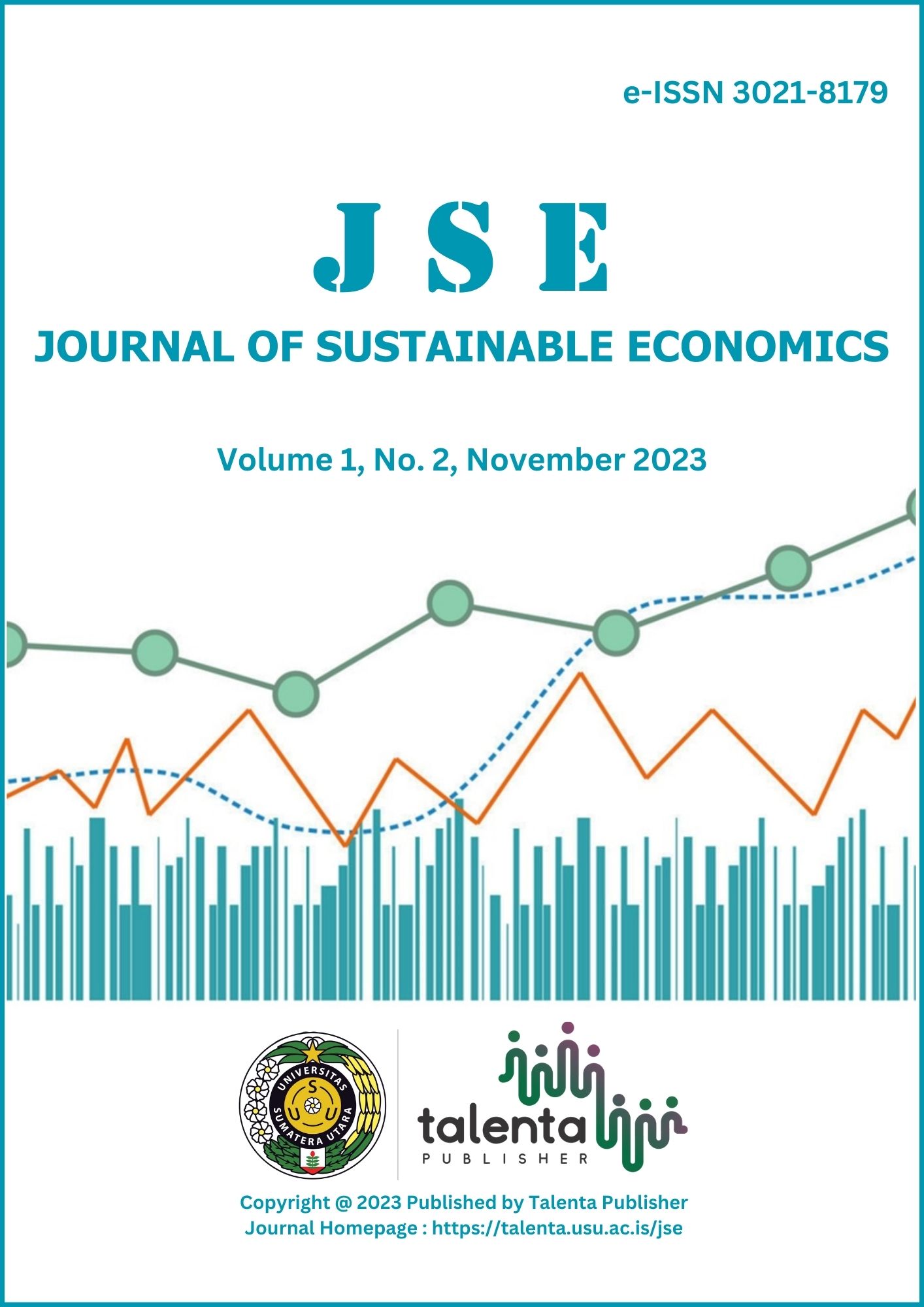The Impact of User-Generated Content, Social Interactions and virtual Economies on Metaverse Environments
DOI:
https://doi.org/10.32734/jse.v1i2.13798Keywords:
User-Generated Contact, Virtual Economy, Social Interactions, Metaverse, South AsiaAbstract
This study examines how user-generated content, social interactions, and virtual economies impact the Metaverse's changing environment. It offers crucial knowledge for policymakers, stakeholders, and developers of the Metaverse in building interesting and long-lasting virtual worlds. The study surveyed 385 respondents from the South Asian demographic using a Likert rating scale through an online survey. Demographic variables were analyzed using SPSS version 29, focusing on frequency and percentage distribution. Means and standard deviations were calculated for each variable and survey item. The main analysis included multiple regression to evaluate hypotheses regarding the interaction between user-generated content, social interaction, and the virtual economy. User-generated content significantly improves Metaverse environments (= 0.22, p<0.01**), highlighting its crucial part in creating immersive virtual spaces. Metaverse environments bene t from social interactions (=0.16, p<0.01**), fostering involvement and community. In the growth of the Metaverse, virtual economies are extremely important (=0.501, p<0.001***), encouraging user participation and innovation. This research, which uses rigorous statistical analysis and focuses on South Asian demographics, offers novel insights into the metaverse dynamics. It serves as a crucial resource for the Metaverse's future growth and development by guiding developers, stakeholders, and policymakers as they navigate the Metaverse's seemingly limitless potential.
Downloads
Downloads
Published
How to Cite
Issue
Section
License
Copyright (c) 2023 Journal of Sustainable Economics

This work is licensed under a Creative Commons Attribution-ShareAlike 4.0 International License.













